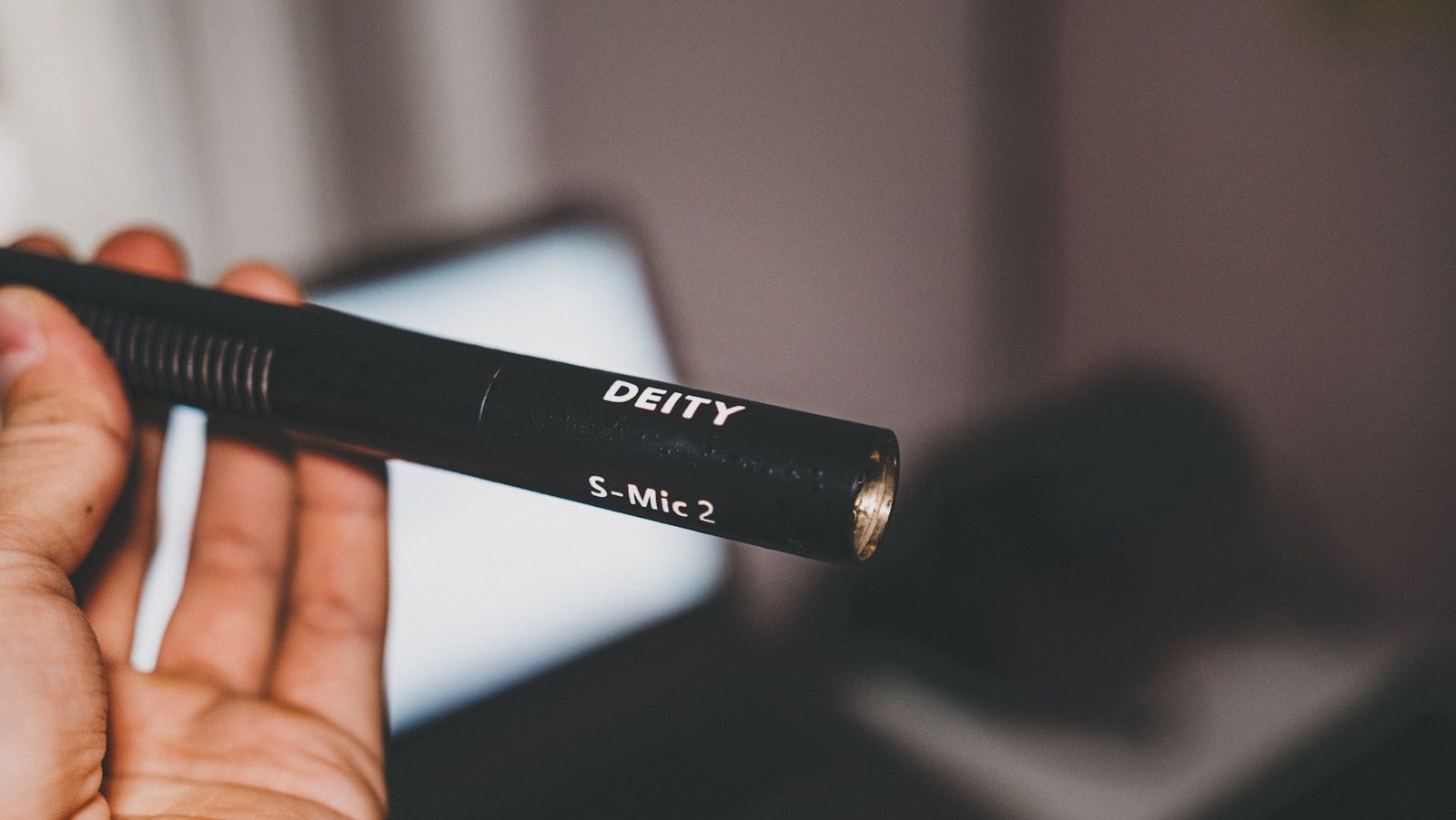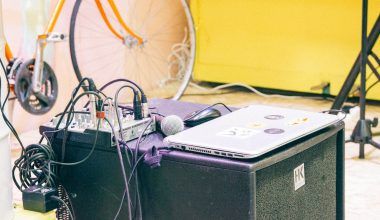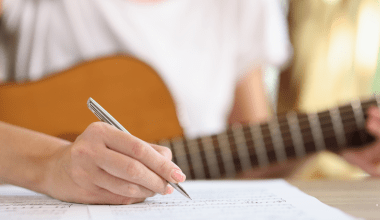Have you ever looked at an album cover or song details and noticed the symbols © and ℗? These are not just fancy marks; they hold the power to protect your creativity as a musician or producer. If you’re wondering what these symbols mean and how they can help you, this blog is here to explain it all in the simplest way possible. Let’s dive into the world of C Line and P Line and see how they keep your music safe and ensure you get paid for your hard work.
What Is C Line?
The C Line is represented by the copyright symbol (©) and is all about protecting the written or visual parts of your music. This includes:
- Lyrics: The words of your song.
- Music Notation: The sheet music or melody written down.
- Artwork: The album cover, posters, or promotional designs.
If you write a song or design the album cover, the C Line is your best friend. It says to the world, “Hey, I created this, and no one can use it without my permission!”
Why Is C Line Important?
The C Line protects your work from being copied, stolen, or used without your approval. It ensures that you, the creator, are the one who gets credit and financial rewards when your work is used.
For example, imagine you wrote a beautiful song. Without a C Line, someone else could copy your lyrics, publish them as their own, and make money from your creation. The C Line stops that from happening.
What Is P Line?
Now, let’s talk about the P Line, which you might see as the symbol ℗. This is all about the sound recording itself. While the C Line covers the lyrics and artwork, the P Line protects the audio recording—the actual song you hear.
What Does P Line Cover?
- Sound Recordings: The recorded track, whether in a studio or live performance.
- Performances: If you’re the singer or instrumentalist, this protects your recorded work.
- Producers’ Rights: Ensures that the person or company producing the recording gets fair recognition and payment.
The Difference Between C Line and P Line
To make things super clear, let’s break it down:
| Feature | C Line (©) | P Line (℗) |
|---|---|---|
| Protects | Lyrics, sheet music, visuals | Sound recordings |
| Owned By | Writers, composers, designers | Producers, performers |
| Examples | Words of a song, album cover | The recorded audio you hear |
| Key Symbol | © | ℗ |
So, in simple terms, C Line is for the ideas and visuals, while P Line is for the actual sound you hear.
Why Do Artists and Producers Need These Rights?
Let’s think about why these symbols matter so much. As an artist or producer, your music is your hard work and passion. You deserve to be paid and recognized for it. Here’s how C Line and P Line help you:
1. Stop Theft
Imagine you upload a song, and someone downloads it, changes the name, and starts selling it as their own. With C Line and P Line, you have the legal right to stop them.
2. Earn Money
Whenever your music is sold, streamed, or used in a movie or advertisement, these rights ensure that you get your share of the earnings.
3. Gain Recognition
These symbols publicly say that you are the creator or producer of the work. It’s your badge of honor!
4. Control Usage
With these rights, you decide where and how your music is used. Whether it’s for a TV show or a commercial, the choice is yours.
How to Secure Your C Line and P Line
You might be thinking, “How do I get these rights for my music?” Don’t worry—it’s not as complicated as it sounds. Here’s a step-by-step guide:
- Finish Your Work Complete your song, whether it’s the lyrics, melody, or recording.
- Document Everything Keep proof that you created the work. This could be drafts, timestamps, or demo versions.
- Register Your Copyright (C Line) Submit your lyrics, sheet music, or visuals to the copyright office in your country. This officially secures your rights.
- File Your P Line For recordings, register your audio with agencies that protect sound recordings. In some countries, this is automatic when you release music.
- Display the Symbols Always include © and ℗ with your name and the year on your album or release.
Examples of C Line and P Line in Action
- Taylor Swift: She re-recorded her old songs to regain control of her P Line, ensuring she owned the sound recordings.
- Indie Artists: Many independent musicians use platforms like Deliver My Tune to distribute their music with proper C Line and P Line. This protects their creations while ensuring fair royalties.
Common Questions About C Line and P Line
1. Do I need both C Line and P Line?
Yes! If you write and record music, both are important. The C Line protects your lyrics, and the P Line safeguards the recording.
2. What happens if I don’t register my rights?
Without registration, it’s harder to prove ownership in court if someone steals your work. Registration strengthens your claim.
3. Do streaming platforms like Spotify respect these rights?
Absolutely. Platforms like Spotify and Apple Music rely on these rights to ensure proper royalty payments.
Real Benefits for Artists
Having proper C Line and P Line rights opens up opportunities for licensing, streaming income, and even collaborations. Without these rights, you might miss out on revenue or struggle to stop unauthorized usage.
Conclusion
The C Line and P Line might seem small, but they are mighty tools that protect your music and ensure you get the rewards you deserve. Whether you’re an independent artist or a big-name producer, understanding these rights is a must.
If you’re just starting, platforms like Deliver My Tune can help simplify the process by automatically managing these rights when you distribute your music. This way, you can focus on what you do best—creating amazing music.
Music is your art, your passion, and your story. Let the C Line and P Line protect it, so the world can enjoy your creations while giving you the credit you’ve earned.
Related Articles:
For further reading, explore these related articles:
- Everything About Lover Remix Taylor Swift ft Shawn Mendes Lyrics
- How Many Songs Does Blackpink Have? A Complete Guide to Their Music
For additional resources on music marketing and distribution, visit DMT RECORDS PRIVATE LIMITED.






